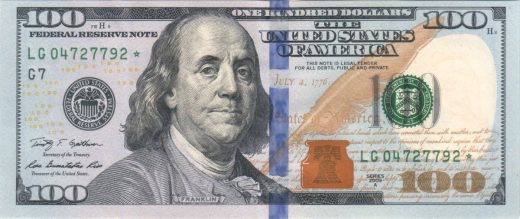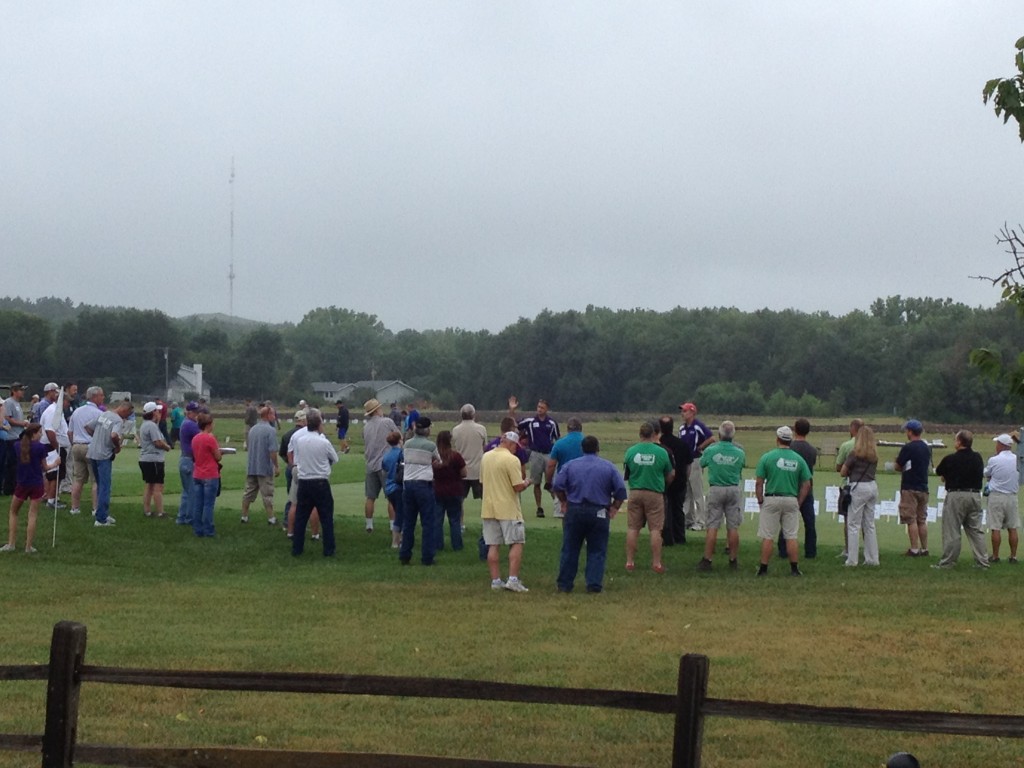(by Jared Hoyle, KSU Turfgrass Research and Extension )
Every year the Kansas Agriculture Experiment Station publishes research reports on projects that are being conducted around the state. The 2018 Turfgrass Research Reports are now online! These reports contain everything from turfgrass variety testing, weed control, disease and insect management and more.
Below are a list of the 2018 reports. Click the title to read more.
Extent of Larval Populations of Turfgrass Insect Pests at Rocky Ford Turfgrass Research Center at Manhattan, KS
Raymond A. Cloyd
Herbicide and Application Timing Effects on Windmillgrass Control
Nicholas Mitchell and Jared Hoyle
Evaluating Small Unmanned Aerial Systems for Detecting Drought Stress on Turfgrass
Mu Hong, Dale Bremer, and Deon van der Merwe
Urban Lawn Microclimates Affect Reference Evapotranspiration
Kenton W. Peterson, Dale J. Bremer, and Jack D. Fry
Evaluating Zoysiagrass-Tall Fescue Mixtures in Kansas
Mingying Xiang, Jack D. Fry, and Megan M. Kennelly
Brown Patch Occurrence in a Zoysiagrass-Tall Fescue Polystand Compared to a Tall Fescue Monostand
Mingying Xiang, Jack D. Fry, and Megan M. Kennelly
Evaluating Large Patch-Tolerant and Cold Hardy Zoysiagrass Germplasm in the Transition Zone
Mingying Xiang, Jack D. Fry, and Megan M. Kennelly
2013 National Turfgrass Evaluation Program Bermudagrass Test: 2013–2017 Summary Report
Linda R. Parsons, Michael J. Shelton, Jason J. Griffin, and Jared A. Hoyle
2012 National Turfgrass Evaluation Program Tall Fescue Test: 2012–2017 Summary Report
Linda R. Parsons, Michael J. Shelton, Megan M. Kennelly, Jason J. Griffin, and Jared A. Hoyle
2013 National Turfgrass Evaluation Program Bermudagrass Test: 2017 Data
Linda R. Parsons, Michael J. Shelton, Jason J. Griffin, and Jared A. Hoyle
2012 National Turfgrass Evaluation Program Tall Fescue Test: 2017 Data
Linda R. Parsons, Michael J. Shelton, Megan M. Kennelly, Jason J. Griffin, and Jared A. Hoyle





























